Brazilian name: pato-do-mato
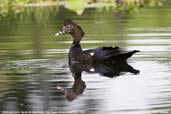
The amount of white on the wings varies and can become quite widespread in domesticated birds. Photo 6 shows the extensive white visible on the underwing in flight.
The male has red "caruncles" or wart-like features around the base of the bill and a more notable crest than the female.
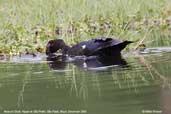
They have become quite wary probably because they are favourite targets for hunters.
They have been domesticated by Brazilian Indians for some time and there is evidence of domestication in pre-Inca Peru.
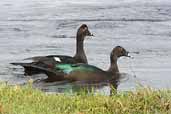
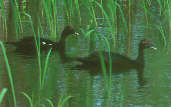
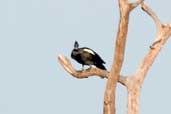
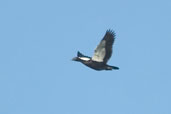
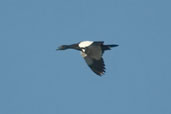
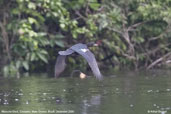
| Previous Page | Back to Index | Next Page |